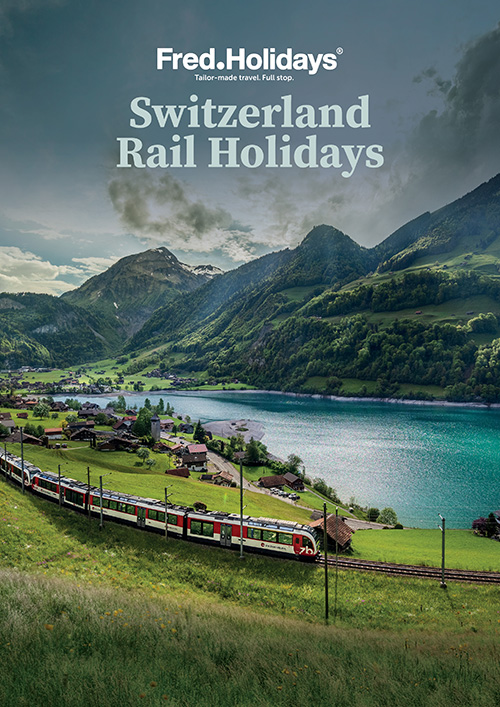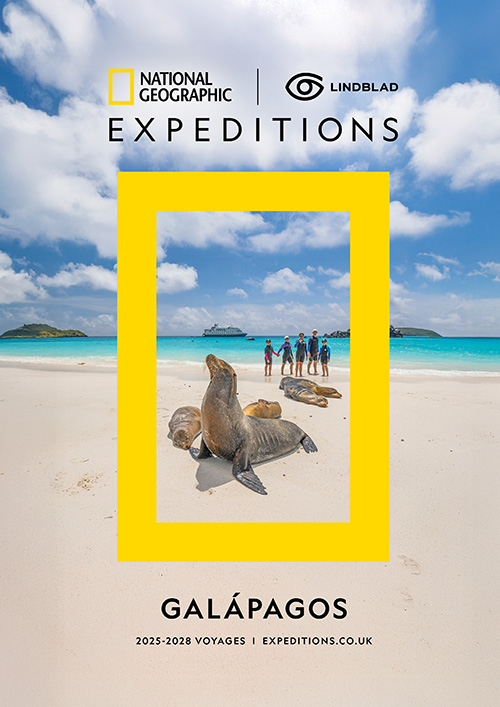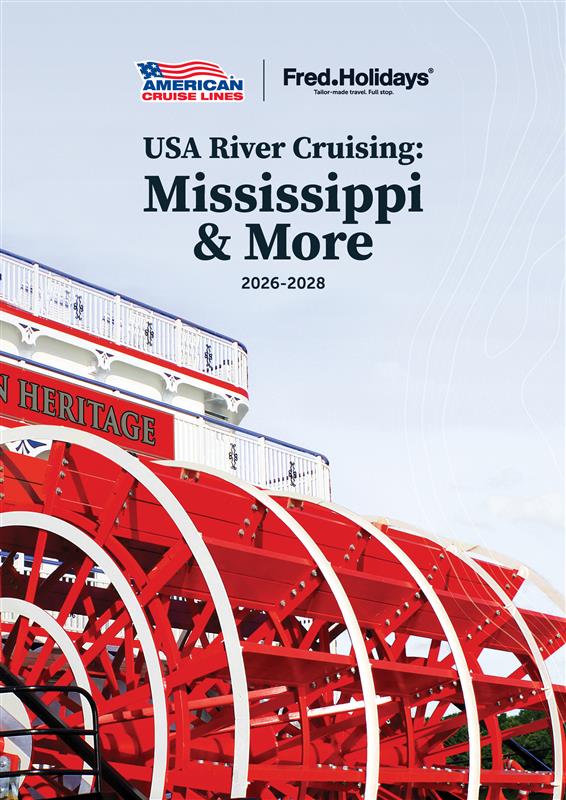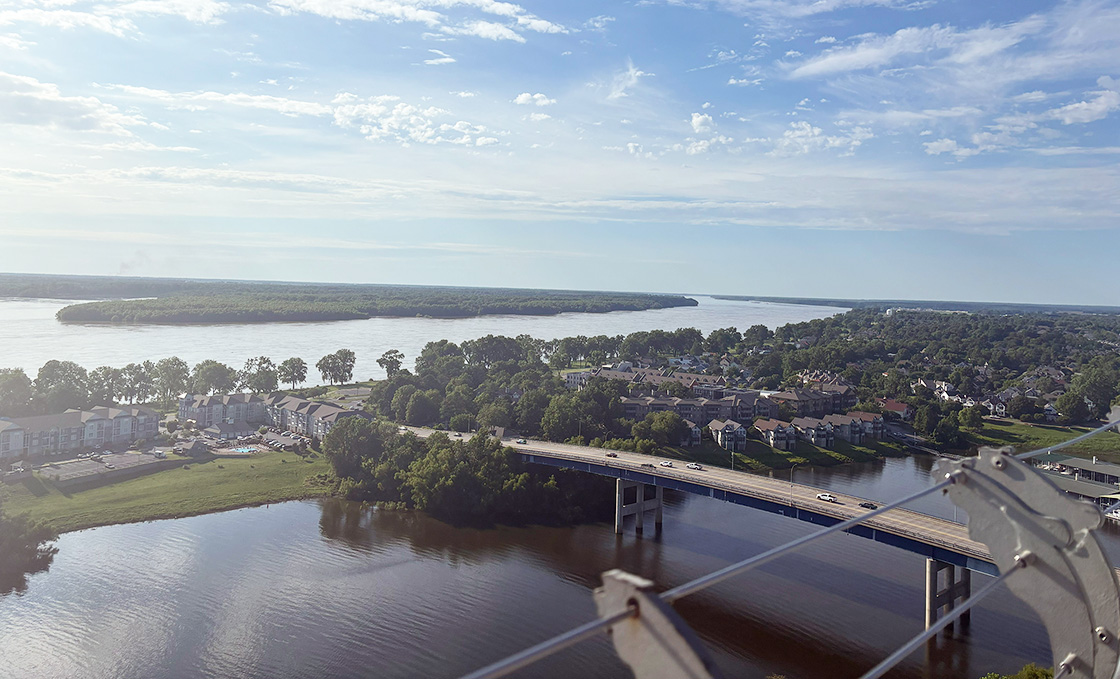The Spanish way of life is relaxed, nicely-paced and easy. High temperatures mean Spanish people work hard when conditions are right and relax when it's too hot. In summer, Spain is a hive of activity, especially after dark, when streets are filled with live music, flamenco dancing and people sharing food. Spanish people love sport, particularly golf and football. 'El Gran Clasico' played between Barcelona and Real Madrid, is one of the biggest club games and football spectacles anywhere in the world. Twice a season, Spain, and millions of people around the world come to a standstill to enjoy the beautiful game at its very best.
As well as trips to the major cities of Madrid and Barcelona, we also have holidays to Seville, a wonderful city in the Andalusia region.

Read more
Important Notice: Introduction of the EU Schengen Entry/Exit System
Please be advised that, effective from 12th October 2025, a new Entry/Exit System (EES) will be implemented for all travellers entering and exiting the EU and Schengen Area.
This digital system will replace the current manual passport stamping process by electronically recording border crossings for UK nationals and other non-EU travellers.
At this time, no action is required from travellers prior to their journey. We recommend reviewing the official government guidance to understand how this may affect your travel arrangements.
For comprehensive information, please visit the official UK Government website:
https://www.gov.uk/guidance/eu-entryexit-system
Important Notice: Introduction of the EU Schengen Entry/Exit System
Please be advised that, effective from 12th October 2025, a new Entry/Exit System (EES) will be implemented for all travellers entering and exiting the EU and Schengen Area.
This digital system will replace the current manual passport stamping process by electronically recording border crossings for UK nationals and other non-EU travellers.
At this time, no action is required from travellers prior to their journey. We recommend reviewing the official government guidance to understand how this may affect your travel arrangements.
For comprehensive information, please visit the official UK Government website:
https://www.gov.uk/guidance/eu-entryexit-system




































































































































































